Description
N,N-Dimethyltryptamine (DMT or N,N-DMT, Buy DMT) is a chemical substance that occurs in many plants and animals and which is both a derivative and a structural analog of tryptamine. It can be consumed as a psychedelic drug and has historically been prepared by various cultures for ritual purposes as an entheogen. DMT is illegal in most countries.
DMT has a rapid onset, intense effects and a relatively short duration of action. For those reasons, DMT was known as the “business trip” during the 1960s in the United States, as a user could access the full depth of a psychedelic experience in considerably less time than with other substances such as LSD or magic mushrooms. DMT can be inhaled, ingested, or injected and its effects depend on the dose. When inhaled or injected, the effects last a short period of time: about 5 to 15 minutes. Effects can last three hours or more when orally ingested along with an MAOI, such as the ayahuasca brew of many native Amazonian tribes. DMT can produce vivid “projections” of mystical experiences involving euphoria and dynamic hallucinations of geometric forms.
DMT is a functional analog and structural analog of other psychedelic tryptamines such as O-acetylpsilocin (4-AcO-DMT), 5-MeO-DMT, bufotenin (5-HO-DMT), psilocybin (4-PO-DMT), and psilocin (4-HO-DMT). The structure of DMT occurs within some important biomolecules like serotonin and melatonin, making them structural analogs of DMT.
Several scientific experimental studies have tried to measure subjective experiences of altered states of consciousness induced by drugs under highly controlled and safe conditions.
Buy dmt
In the 1990s, Rick Strassman and his colleagues conducted a five-year-long DMT study at the University of New Mexico. The results provided insight about the quality of subjective psychedelic experiences. In this study participants received the DMT dosage intravenously via injection and the findings suggested that different psychedelic experiences can occur, depending on the level of dosage. Lower doses (0.01 and 0.05 mg/kg) produced somaesthetic and emotional responses, but not hallucinogenic experiences (e.g., 0.05 mg/kg had mild mood elevating and calming properties). In contrast, responses produced by higher doses (0.2 and 0.4 mg/kg) researchers labeled as “hallucinogenic” that elicited “intensely colored, rapidly moving display of visual images, formed, abstract or both”. Comparing to other sensory modalities the most affected was the visual. Participants reported visual hallucinations, fewer auditory hallucinations and specific physical sensations progressing to a sense of bodily dissociation, as well as to experiences of euphoria, calm, fear, and anxiety.
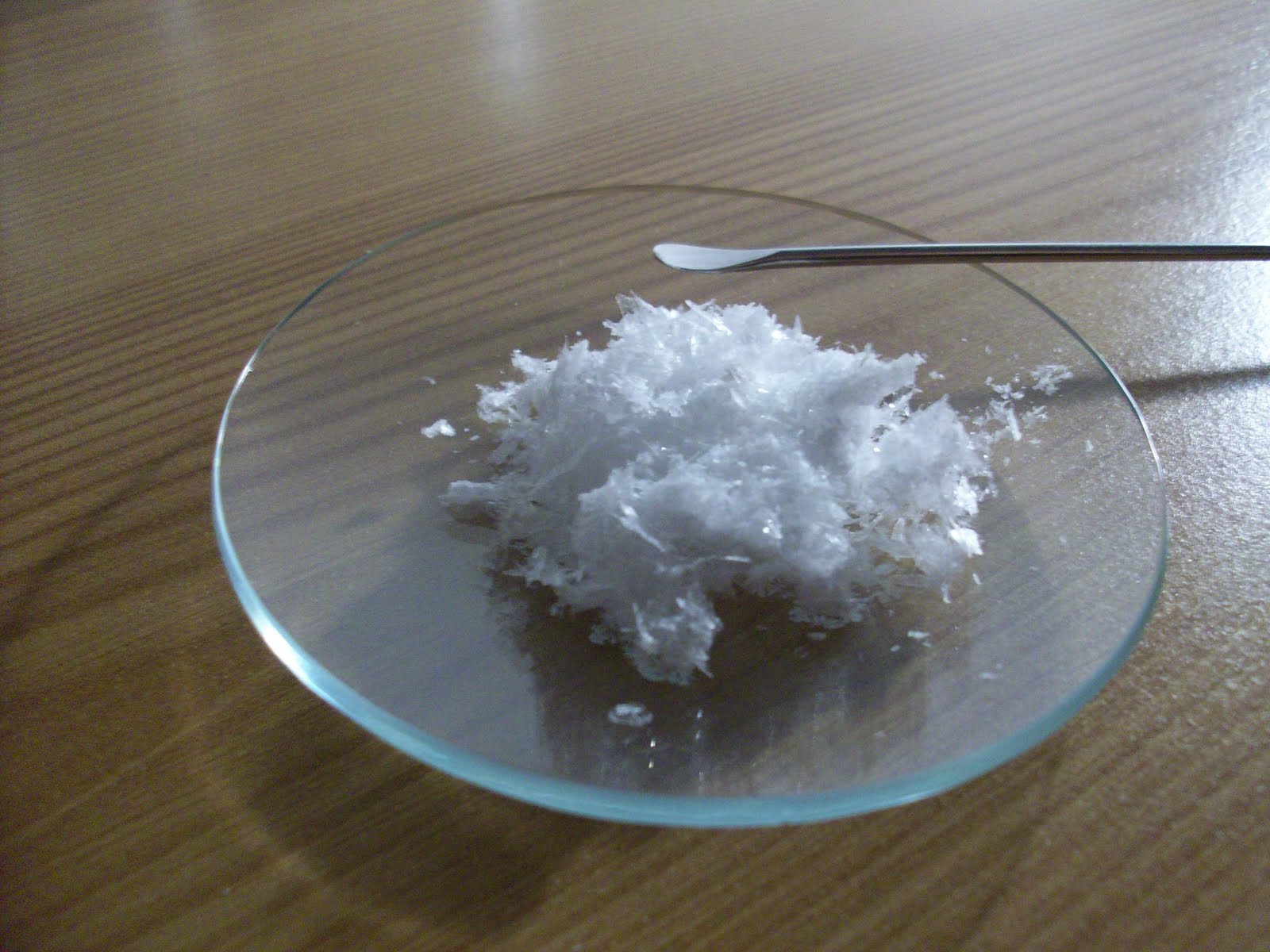
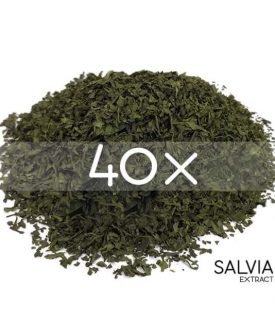
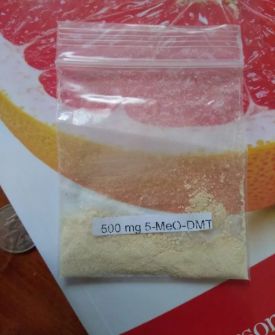
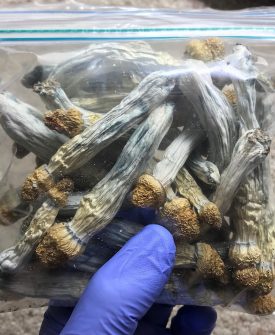

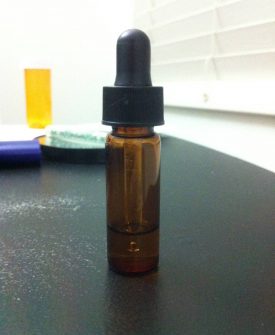
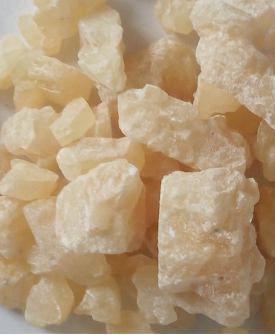

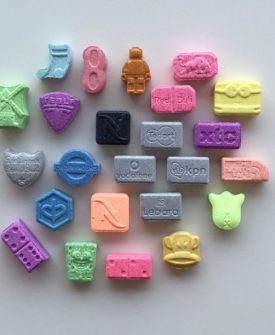
Reviews
There are no reviews yet.